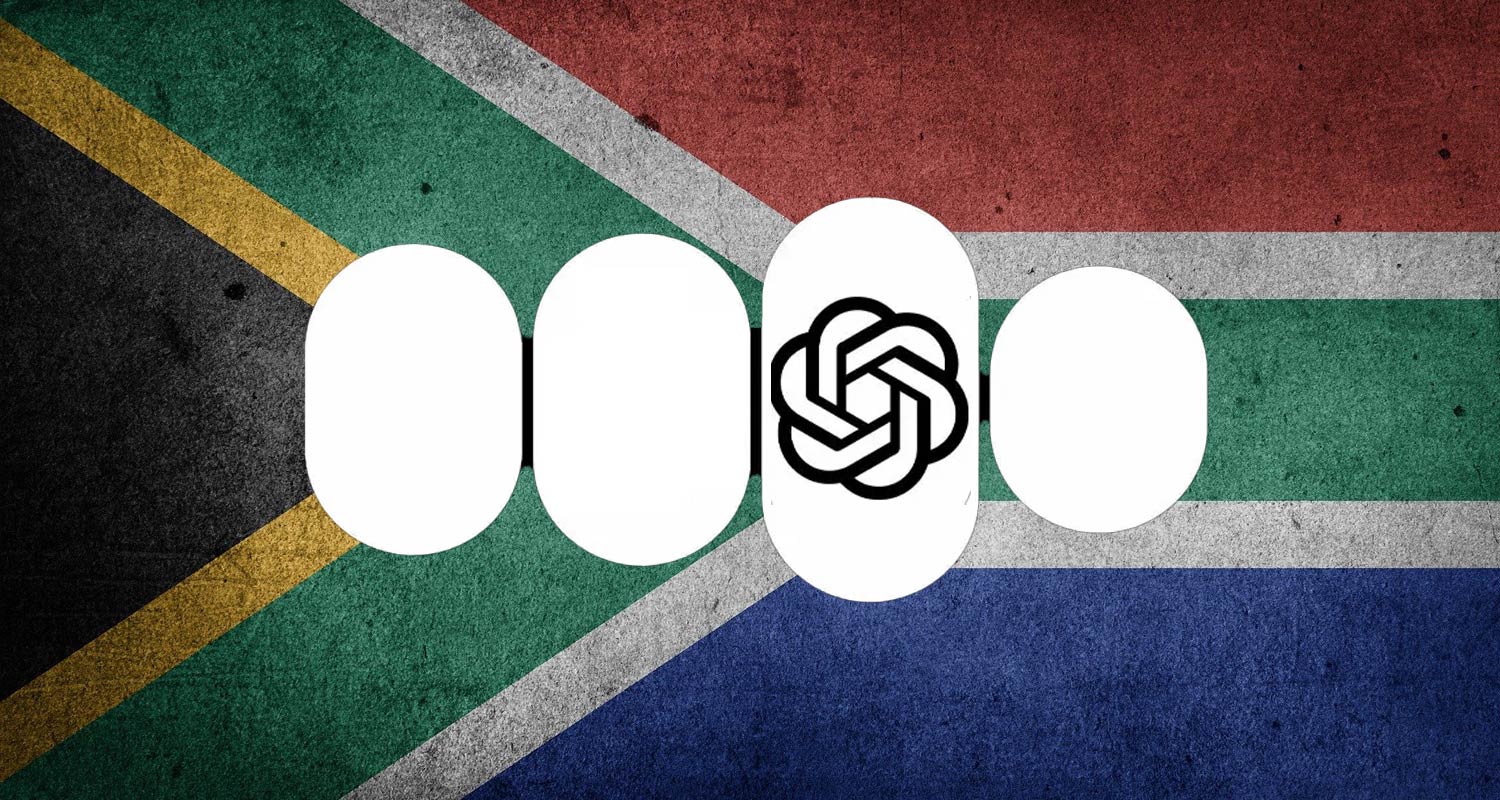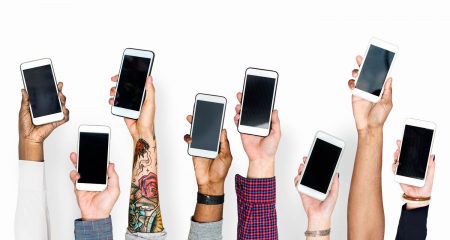 ChatGPT’s latest voice model is surprisingly good at South African languages – particularly Afrikaans, where it proved adept at conversation in TechCentral’s testing.
ChatGPT’s latest voice model is surprisingly good at South African languages – particularly Afrikaans, where it proved adept at conversation in TechCentral’s testing.
ChatGPT’s new advanced voice mode boasts natural voice generation, emotion and tone adaptation, multilingual support, and improved responsiveness.
The mode works well in English, and even feels like a conversation with another human being – Alan Turing would have loved to have seen this!
The speed with which the AI responds is impressive. So, too, are its personalisation features. And it can pull off a relatively good South African English accent, boet.
But ChatGPT claims its new voice mode can speak three official South African languages other than English: Afrikaans, isiZulu and isiXhosa.
TechCentral’s Duncan McLeod and Nkosinathi Ndlovu put these claims to the test with questions for ChatGPT in Afrikaans and isiZulu. The results were interesting – watch the video to see what transpired.
The much-anticipated new voice assistant was released this week to all paid users of ChatGPT, four months after the OpenAI first unveiled the feature at a product launch event.
OpenAI first teased the voice product in May, showing how it could quickly respond to written and visual prompts from users with a spoken voice. But the next month, OpenAI delayed launching the option to work through potential safety issues. In July, OpenAI rolled out the feature to a limited number of its ChatGPT Plus customers.
Read: Mira Murati is latest high-profile exit from OpenAI
After the delay, it said the product would not be able to impersonate how other people speak. The company also said that it had added new filters to ensure the software can spot and refuse some requests to generate music or other forms of copyrighted audio.
However, the new voice assistant lacks a number of the capabilities the company originally demonstrated. For example, the chatbot can’t currently access a computer-vision feature that would let it offer spoken feedback on a person’s dance moves simply by using their smartphone’s camera. — © 2024 NewsCentral Media, with additional reporting (c) 2024 Bloomberg LP




